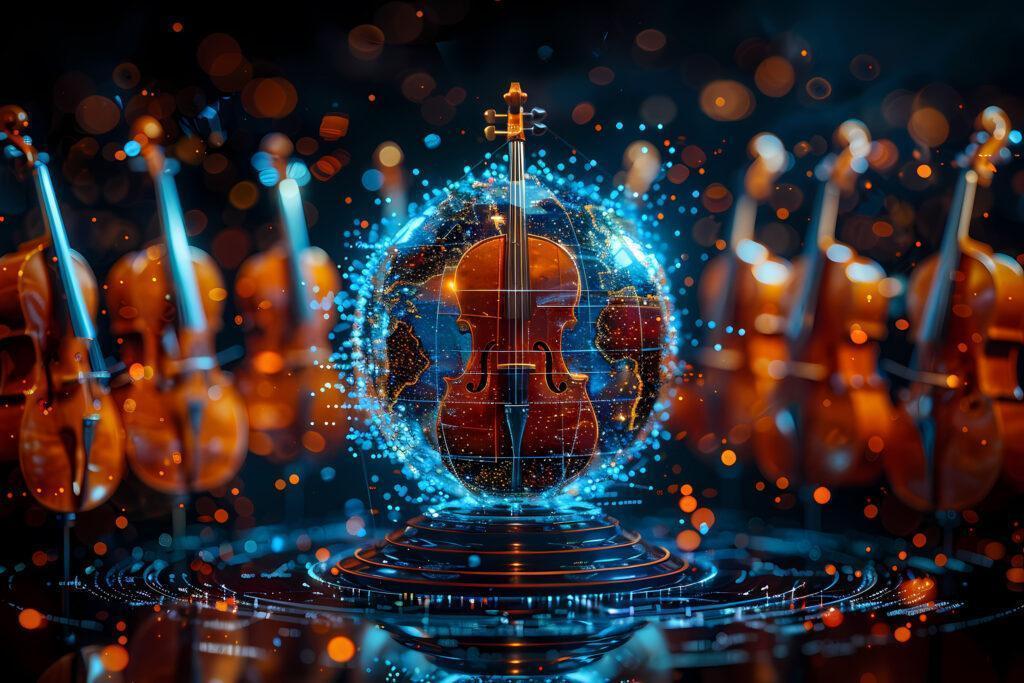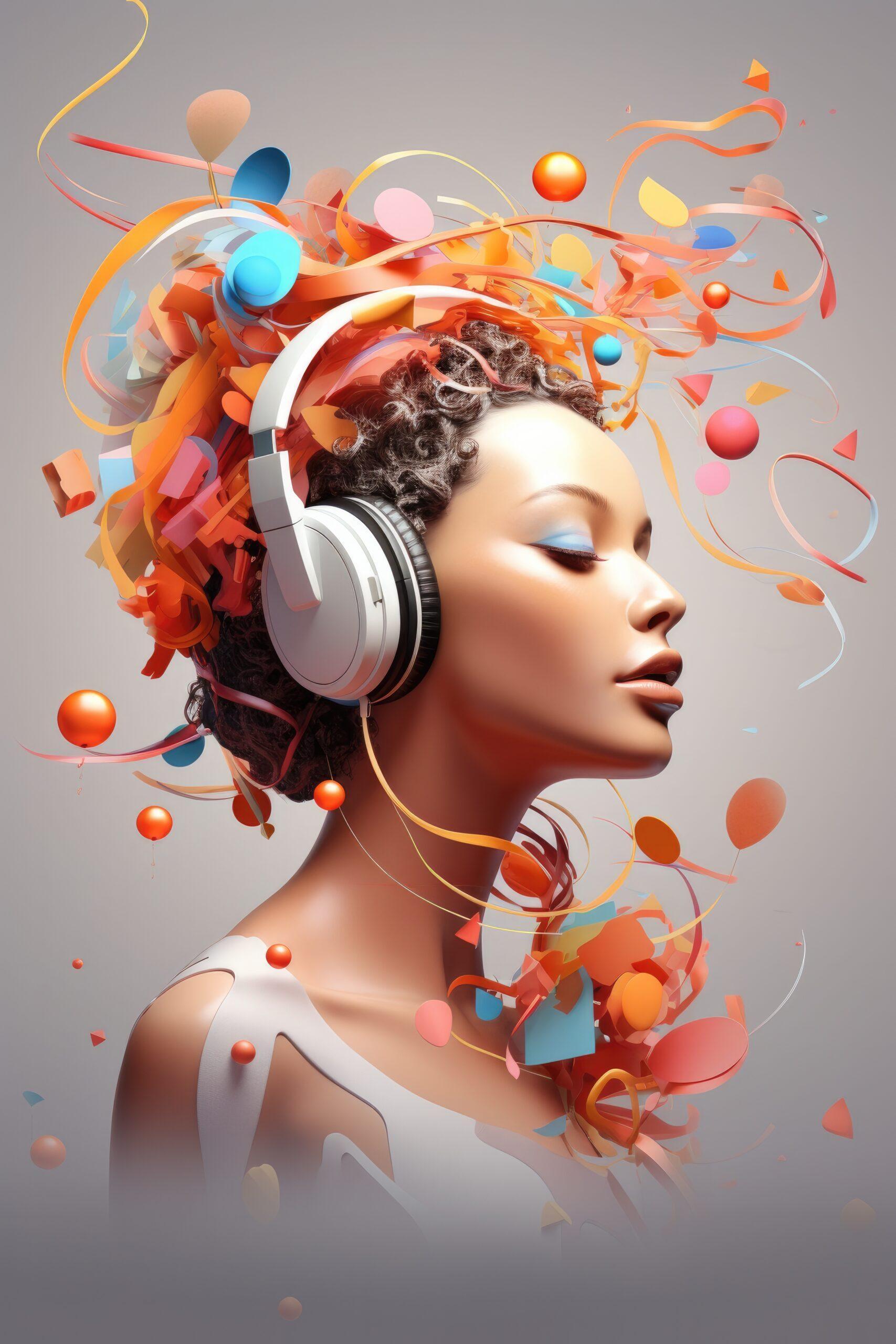How Your Brain Predicts a Beat Drop: The Neuroscience of Musical Transitions
The Science Behind Musical “Punctuation”
Have you ever felt chills when a song builds to a dramatic transition? That moment—whether a beat drop, key change, or tempo shift—isn’t just artistic magic. New research reveals that our brains use two specialized networks to anticipate and process these musical boundaries, and they work differently in musicians versus non-musicians.
Why Musical Transitions Matter
Without shifts between verses, choruses, and bridges, music would sound like “a monotonous stream of random notes—like reading a book with no punctuation,” says Dr. Iballa Burunat Perez (University of Jyväskylä). These transitions are key to emotional engagement, especially in Western music.
The Study: Tracking Brain Activity in Real Time
Researchers monitored 36 adults (half musicians, half non-musicians) as they listened to three complex pieces:
- Astor Piazzolla’s Adiós Nonino (nuevo tango)
- Dream Theater’s Stream of Consciousness (progressive metal)
- Stravinsky’s The Rite of Spring (ballet)
Using fMRI, they identified two distinct brain networks at work:
1. The “Early Auditory Network”
- Location: Back of the auditory cortex
- Role: Anticipates upcoming transitions (like sensing a chorus is about to start).
- Analogy: Your brain’s “musical radar,” scanning for changes.
2. The “Boundary Transition Network”
- Location: Front/middle auditory cortex
- Role: Processes the shift once it happens (e.g., recognizing a new melody).
- Analogy: The brain’s “punctuation detector,” marking the end of one phrase and the start of another.
Surprise Finding: During transitions, the prefrontal cortex (decision-making area) briefly quiets down, suggesting the brain redirects focus to absorb the new musical information.
Musicians vs. Non-Musicians: Two Different Listening Modes
| Musicians | Non-Musicians |
|---|---|
| Relied on high-level auditory areas (fine-tuned for precision) | Used broader brain regions (a more generalized approach) |
| Showed faster anticipation of transitions | Reacted more to obvious changes (e.g., loud shifts) |
| Likely due to training in structure/theory | Reflects instinctive emotional processing |
“Musicians’ brains are like GPS navigating a song, while non-musicians enjoy the scenic route.”
— Burunat Perez

Implications Beyond Music
These findings could revolutionize:
1. Music Therapy
- Helping stroke patients regain speech by mapping language to musical transitions.
- Aiding children with dyslexia by pairing syllables with melodic cues.
2. AI Composition
- Teaching algorithms to create more emotionally resonant music by mimicking human brain responses.
3. Everyday Listening
- Why certain songs feel “predictable” (your brain anticipates transitions effortlessly).
- Why live music feels exhilarating (real-time anticipation and surprise).
Try It Yourself
Next time you listen to music:
- Close your eyes before a transition—can you feel it coming?
- Notice differences between genres (e.g., classical vs. EDM shifts).
- Compare reactions with a musician friend!

